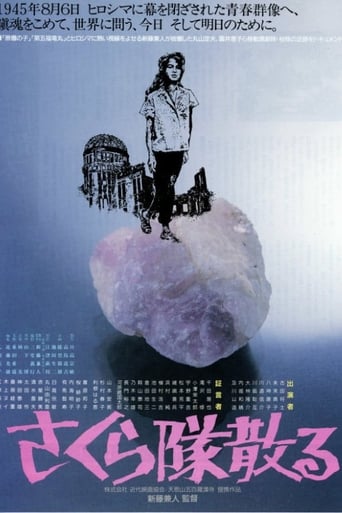
01 Apr 1988

Sakura-tai Chiru
A documentary about the lives of actors in the Sakura-tai theatrical troupe, which had arrived in the island of Hiroshima to begin preparations for the staging of a play just before the atomic bombing.
Three Mile Island and the Catastrophe of Nuclear Power
Farmers and parents of young children, who live in the Harrisburg, Pa., area, discuss their fears of radioactive contamination from the Three Mile Island nuclear reactor accident in 1979. Scientists and physicians also expound on the lethal dangers of nuclear power and the risks in containment processes.

Self - Interviewer (voice)

Self - Professor of Physics, City University of New York
Self - Dairy Farmer, Middletown, Pa.
Self - Parent, Harrisburg, Pa.
Self - Parent, Harrisburg, Pa.
Self - President, Local 1688, United Steelworkers of America
Self - President, Harrisburg Coalition of Black Trade Unions
Self - High School Teacher, Harrisburg, Pa.
Self - Goat Farmer, Middletown, Pa.
Self - Parent, Halifax, Pa.
Self - Parent, Halifax, Pa.
Self - Mother, Elizabethtown, Pa.
Self - Mother of Five, Mechanicsburg, Pa.
Self - Nuclear Regulatory Commission
Self - Veterinarian, Mechanicsburg, Pa.
Self - Dairy Farmer, Etters, Pa.
Self - Student, Harrisburg, Pa.
Self - Student, Harrisburg, Pa.
Self - Pennsylvania Dept. of Environmental Resources
Self - Co-Director, Pa. Environmental Coalition on Nuclear Power

01 Apr 1988

A documentary about the lives of actors in the Sakura-tai theatrical troupe, which had arrived in the island of Hiroshima to begin preparations for the staging of a play just before the atomic bombing.

16 Nov 2011

A shocking political exposé, and an intimate ethnographic portrait of Pacific Islanders struggling for survival, dignity, and justice after decades of top-secret human radiation experiments conducted on them by the U.S. government.
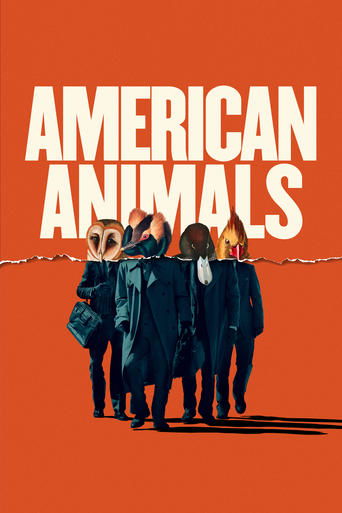
01 Jun 2018

Lexington, Kentucky, 2004. Four young men attempt to execute one of the most audacious art heists in the history of the United States.
10 Mar 1980
About the question of whether we should proceed in developing and using nuclear power and the breakdown at Three Mile Island, Harrisburg, Pennsylvania, in March 28, 1979.
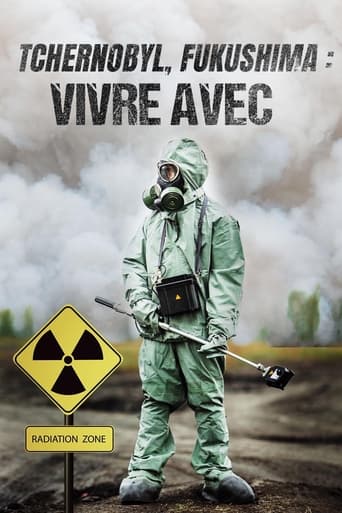
26 Apr 2016

30 years after the Chernobyl catastrophe and 5 years after Fukushima it is time to see what has been happening in the “exclusion zones” where the radioactivity rate is far above normal.
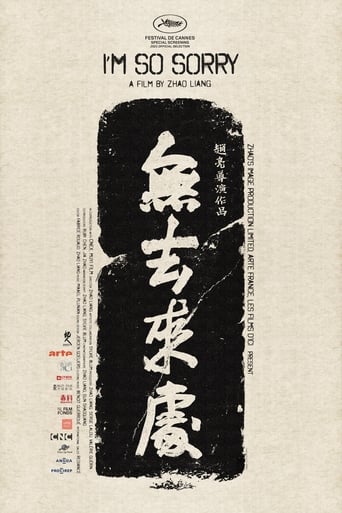
13 Jul 2025

In a quiet forest, a sign warns of radiation hazard. “Is this the past or the future?” muses the masked figure who appears like a kind of ghost in nuclear disaster areas. At a time when nuclear power may be re-emerging as an alternative to fossil fuels, this calmly observed and compelling tour takes us to places that may serve as a warning.

10 Mar 1985

The third installment of the infamous "is it real or fake?" mondo series sets its sights primarily on serial killers, with lengthy reenactments of police investigations of bodies being found in dumpsters, and a staged courtroom sequence.

15 May 2022

It follows a group of investigators as they return to the nuclear zone in Fukushima to uncover the secrets behind the wildlife that has claimed the toxic environment as its own.
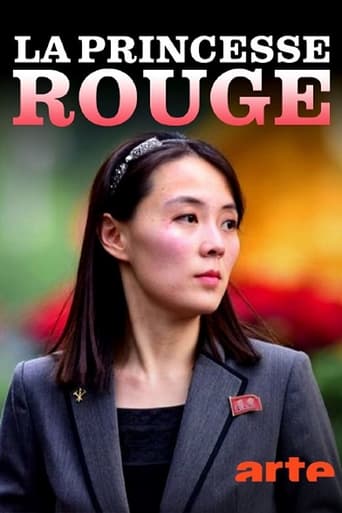
04 Apr 2022

Who is Kim Yo-jong? In a context of maximum tensions between North Korea and the United States, Pierre Haski paints an unprecedented portrait of the little sister of Kim Jong-un, whose influence in Pyongyang is growing stronger day by day.
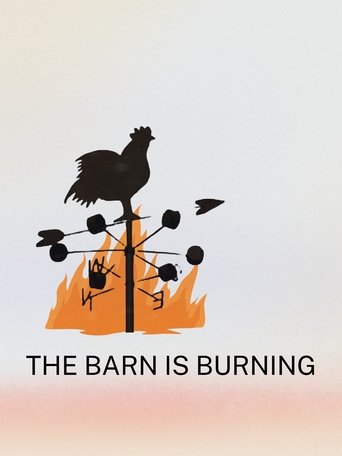
05 Apr 2025

After a devastating fire ravages a milking parlor, a family and its community rally together. This short documentary showcases a journey of resilience, as a family farm rises from the ashes into a new era of cutting-edge robotic technology. The film explores the innovation in modern agriculture, shedding light on the strength of farming communities and the power of perseverance in the face of adversity.
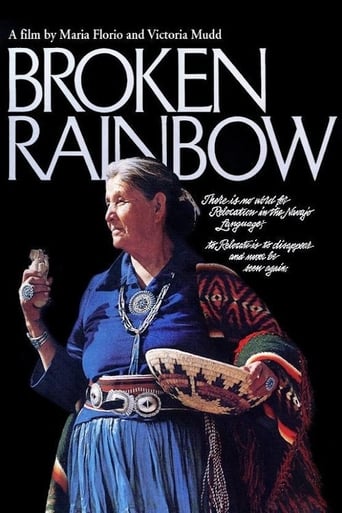
05 May 1985

Documentary chronicling the government relocation of 10,000 Navajo Indians in Arizona.

06 Jan 2021

Ten years after Fukushima nuclear accident, a familiy returns every month at their home to measure the radiation with a Geiger counter.
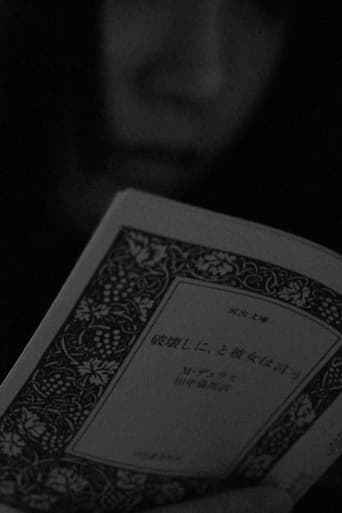
11 Oct 2017

December 21, 2015. The image of a fox was captured by a camera inside the unit 2 building at Fukushima No.1 nuclear power plant... A film-essay about contemporary Japan in the aftermath of March 2011 earthquake.

17 Mar 2023

An inspiring love story about a self-described “poor, gay, black man from North Philly” on his historic run for the United States Senate. But this race is about more than taking on the political competition. It’s about taking on an entire system.
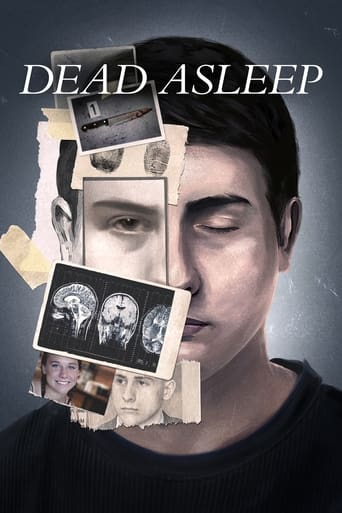
16 Dec 2021

Did a remorseful Randy Herman Jr. really commit a brutal murder in his sleep, or was it a convenient cover story? Exclusive access to Herman and his family, the defense and prosecution attorneys, journalists who covered the case, forensic psychiatrists and world experts in violent parasomnia (sleep-walking) give an inside look at the shocking twists and turns of the controversial crime.
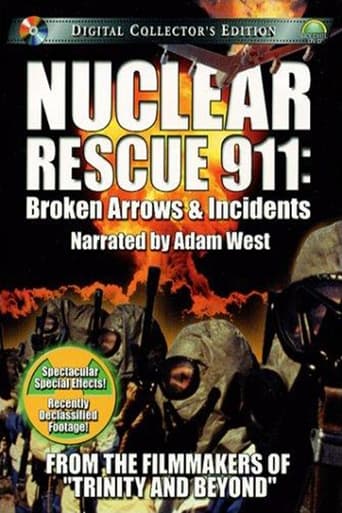
01 Jan 2001

Since 1950, there have been 32 nuclear weapon accidents, known as "Broken Arrows." A Broken Arrow is defined as an unexpected event involving nuclear weapons that result in the accidental launching, firing, detonating, theft or loss of the weapon. To date, six nuclear weapons have been lost and never recovered.Now, recently declassified documents reveal the history and secrecy surrounding the events known as "Broken Arrows". There have been 32 nuclear weapon accidents since 1950. Six of these nuclear weapons have been lost and never recovered. What does this say about our defense system? What does this mean to our threatened environment? What do we do to rectify these monumental "mistakes"? Using spectacular special effects, newly uncovered and recently declassified footage, filmmaker Peter Kuran explores the accidents, incidents and exercises in the secret world of nuclear weapons.
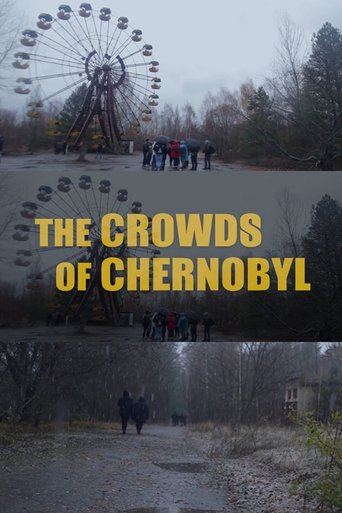
27 Mar 2018

The Crowds of Chernobyl explores the reasons behind people's fascination with the (arguably) most famous exclusion zone in the world, the Chernobyl Exclusion Zone. The film attempts to explain the drive behind the 'dark tourism' industry that has blossomed in the nuclear wasteland since 2011, when the site was opened up for tourists. As the interviews from a wide of people unravel why some (including the interviewees) might even make the zone a permanent part of their life; the haunting and provoking visuals invite the viewer to make up their own mind.

17 Sep 2021

The curiously optimistic tale of Doug Butler—a hardscrabble Vermont dairy farmer who risks losing the only home he’s ever known to chase his dreams of dog mushing in Alaska.
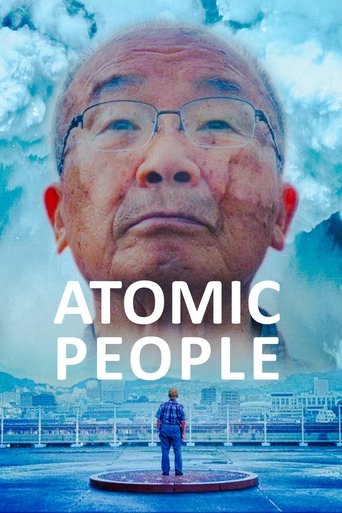
13 Jun 2024

Combining personal accounts with archive footage, this film features the voices of some of the only people left on earth to have survived a nuclear bomb.

28 Jan 2007

On April 26, 1986, a 1,000 feet high flame rises into the sky of the Ukraine. The fourth reactor of the Chernobyl nuclear power plant just exploded. A battle begins in which 500,000 men are engaged throughout the Soviet Union to "liquidate" the radioactivity, build the "sarcophagus" of the damaged reactor and save the world from a second explosion that would have destroyed half of Europe. Become a reference film, this documentary combines testimonials and unseen footage, tells for the first time the Battle of Chernobyl.